Here, Things to do Near Me are back again with yet another tour guide, If you are planning a trip to Iceland, you may be wondering when is the ideal time to visit. One of the country’s various attractions is its year-round location, but your personal preferences can determine whether to visit Iceland! Whether you wish to visit in the winter or summer, or you have a specific interest, we will discuss everything.
However, the best time to visit Iceland is between September and March to see the northern lights or between June and August to make your trip enjoyable in summer activities. Also, the trip depends on your plan. The summer months are most conducive. During this period, you may expect warmer temperatures and longer days of sunlight, known as the beautiful midnight sun.
While summer offers beautiful landscapes and animal sightings, winter is the most affable season to see the Northern Lights and visit the country’s famous geothermal baths, which may not be busy.
Iceland is one of the most beautiful countries for tourists. This is why, at Nordic Visitor, our travel consultants have crafted tours for the winter and summer seasons. There are endless fantastic activities and sights to view and do, depending on your available time to come, this guide covers these useful details.
An Ideal Time to Explore Iceland (Month-by-Month Guidance)
Iceland’s stunning landscapes hold a unique charm the entire year. But the best time to discover hinges on the kind of experience you are looking for.
Here is an analysis of the seasons to assist you plan your Icelandic trip.
1) Visit Iceland in January (Þorrablót Mid-winter Festival and ice caves)
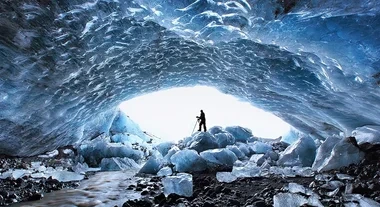
For some people, mid-winter weather and short days may deter the colder months are ideal for exploring ice caves and viewing the Northern Lights. If you prefer to stay indoors, attend the Thorrablot celebration, which honors Icelandic ancestors. While traveling in January, drive on a historical Icelandic cuisine tour that includes hangikjot (flavored smoked lamb) and brennivin (a traditional distilled liquor). It is a quieter month, with less crowded. The temperature goes around -0.6°C and the days are quite short and dreary.
| Best for… Sunrise is at 11 AM and sunset is at 4 PM few visitors Less crowded Stunning vistas of the Northern Lights Winter photography |
Also Read:- Best Time to Visit Peru || Best Time to Visit Singapore
2) Visit Iceland in February (Winter Lights Festival and Northern Lights)

February is an ideal time to explore Iceland for a few exciting food and cultural events. Winter Lights and Food & Fun festivals are hosted annually by the capital Reykjavik, which doubles bring joy in the coldest and wettest months of the year! It is one of the best months for watching the Northern Lights and also spot Orcas or Killer Whales. Offers boat tours, along with ample opportunities for wildlife photography.
In February, the Iceland temperature ranges around 0.1°C, with 7 to 10 daylight hours. Temperatures fall significantly less in snowy areas. Reykjavik and the surrounding coastline begin to defrost around the February end.
| Best Time to Visit Iceland See Northern Lights Killer whales (orca) Photography |
Also Read:- Best Island to Visit in Hawaii || Best Time to Visit Croatia
3) Visit Iceland in March (Annual Beer festival)
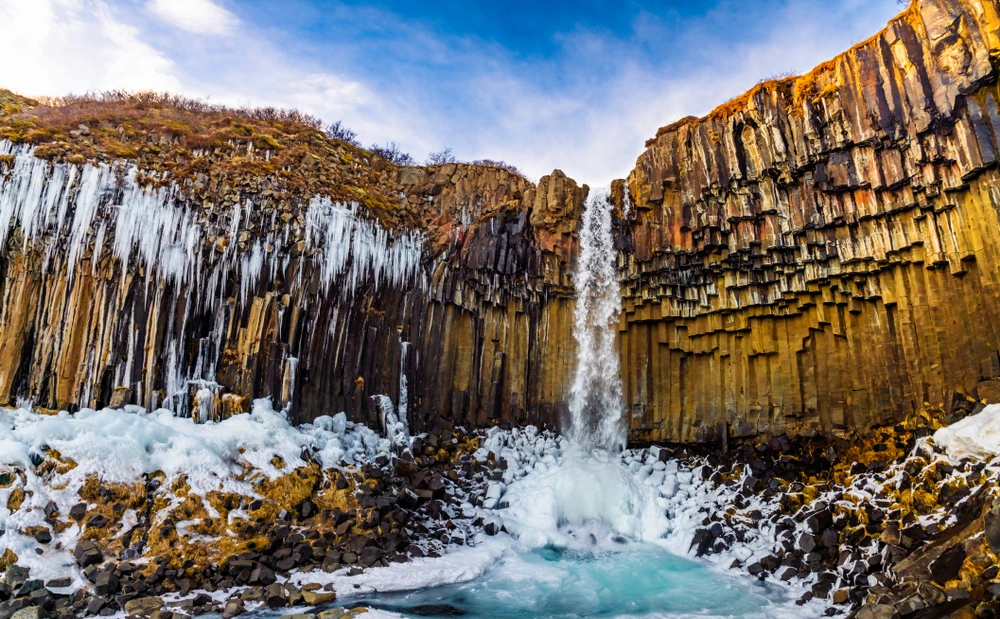
March is an excellent month for winter activities because the days are larger and brighter. If you want to do downhill or cross-country skiing, snowboarding, snowshoeing, or hiking, drive to the mountain, which is only a 20-minute from Reykjavik. By March, the average temperature hovers from -1°C to 4°C. The magnificent shift from winter to spring usually occurs around the third week of this month.
Be ready for zero temps, snowstorms, and unexpected sunshine. This is when you can visit orca viewing, skiing, and ice caving.
| Best Time to Visit Iceland Winter sports, Iceland Winter Games, and the Annual Beer Festival Best for Northern Lights Killer whales (orca) Snowshoeing and ice-caving |
Also Read:- Best Places to Visit in January USA || When is the Best Time to Visit Banff?
4) Visit Iceland in April (Fewer crowds)
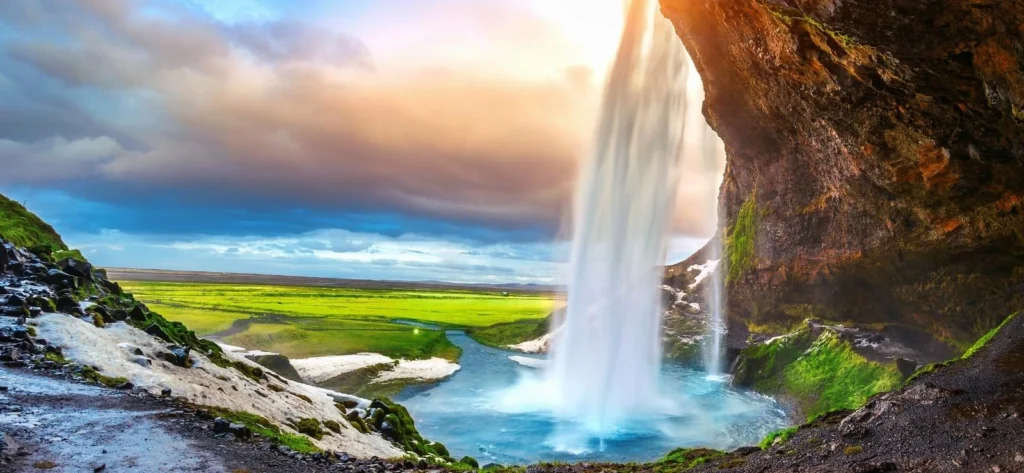
In Iceland, the spring season starts in April, and several local bird species, including the world-renowned puffins and golden plovers, return in spectacular numbers. While the natives enjoy the first day of summer shortly after April 18th, this month is a preferable choice to visit as it offers reduced off-season pricing and fewer tourists.
The possibilities of viewing the Northern Lights or the Aurora Borealis drop, but highways clear from Westfjords to East Fjords, enabling group journeys. Puffins arrive in Iceland to nest in late April and remain until August. However, the best months to visit them are June and July.
However, the temperature rises to 2.8°C on average and hovers 13.5 to 16.5 daylight hours, which greet the Spring. Also, take a view of some occasional snow.
5) Visit Iceland in May (Long Days)
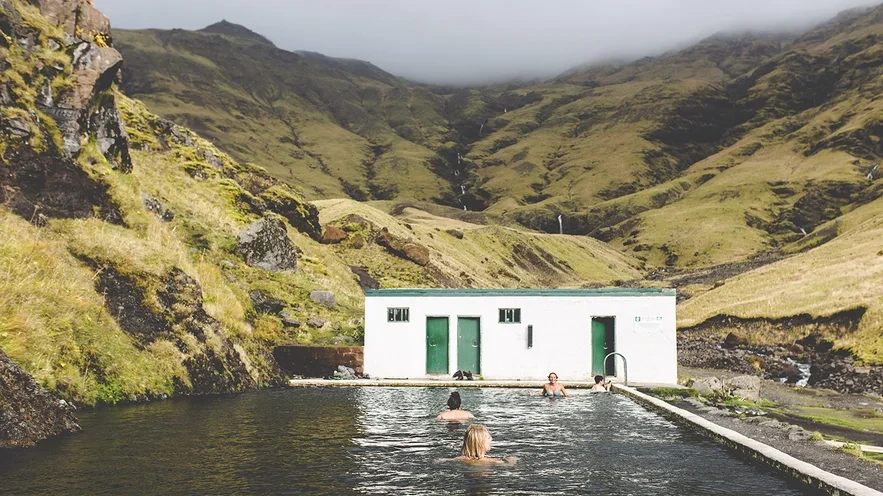
May marks the end of the winter months in Iceland, but temperatures hover between 32 and 50 degrees Fahrenheit, even though there is a low chance of snow. By the end of the month, there can be up to 20 daylight hours, making it an ideal time for outdoor activities. With an average temperature of 6.3 degrees Celsius and 16.5 to 20 sunlight hours, spotting the Northern Lights is no longer a choice.
A preferable time to watch whales as they migrate north to feed. This month is considered the best time to visit Iceland. Late May is perfect for birdwatching. Boat cruises can bring you near to the sea cliffs where puffins nest. As the seas calm and the shoreline defrosts, circumnavigation ship cruises begin, most of which depart from Reykjavik.
| Best Time to Visit Iceland Short cruise season starts. Whale watching Birdwatching Whale watching & nature adventures |
Also Read:- Best time to Visit Vietnam || Best Time to Visit Nainital
6) Visit Iceland in June (Midnight sun)
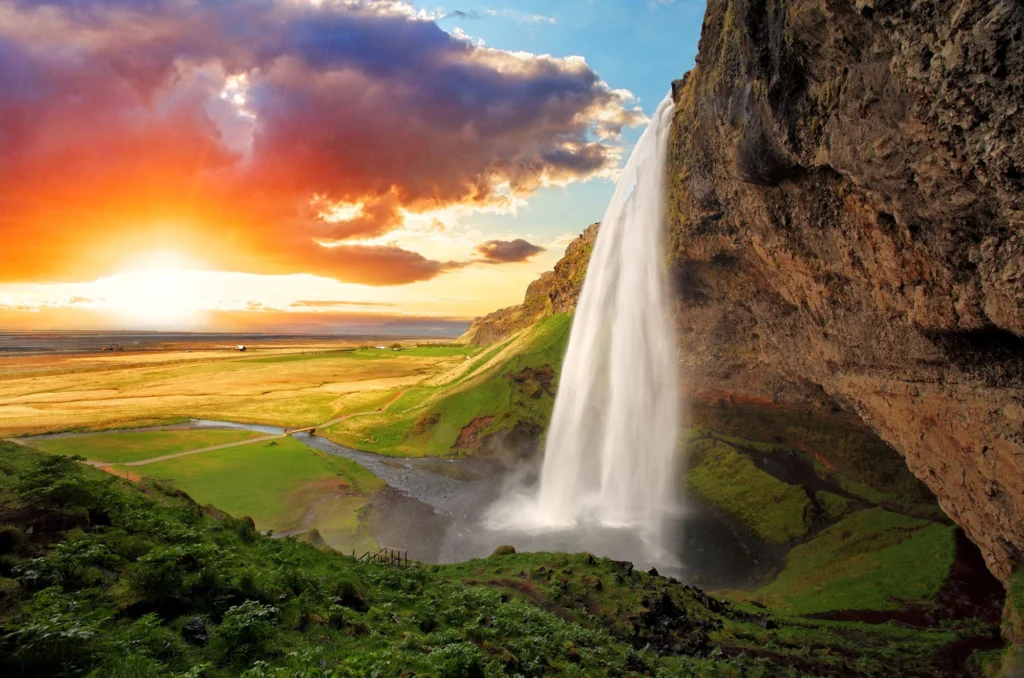
Summer has arrived, which brings longer days and peak travel season, which means costs are higher and attractions are busier. June is an excellent time to visit the natural marvels of Iceland’s countryside. However, with a diverse range of cultural, music, and environmental festivals, there is something for every guest. The ideal time to notice Iceland’s famous midnight sun is from the end of May to the beginning of June, so bring a good sleeping mask!
It is officially a summer month, with an average temperature of 8.9°C and 20–21 sunlight hours.
| Best time for… Viewing Midnight sun Camping and hiking Wildlife watching |
Also Read:- Best Time to Visit Kedarnath Temple || Best Time to Visit Yellowstone
7) Visit Iceland in July (Long days)
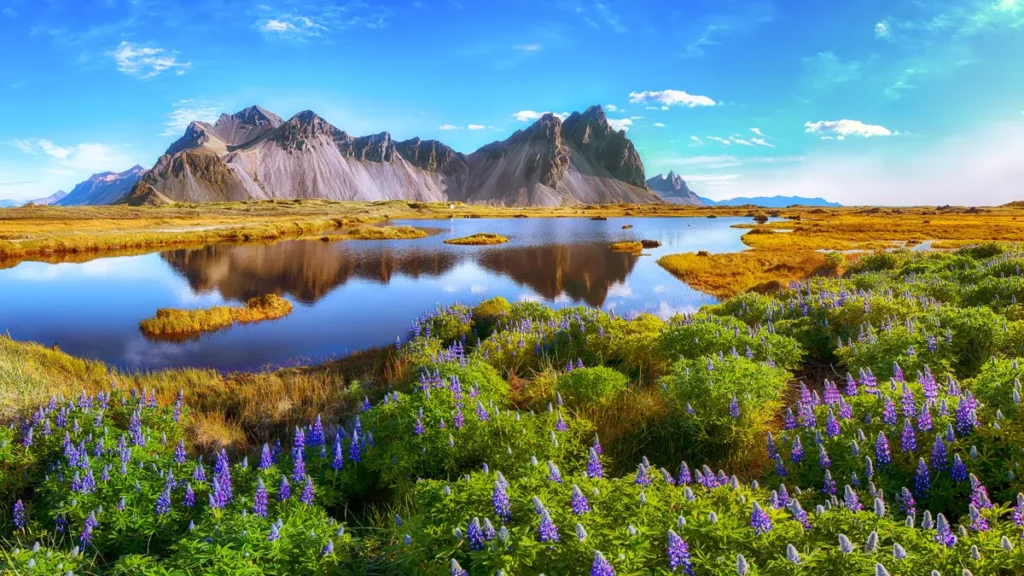
July is the busiest tourist month annually in Iceland. With sunshine, greenery, and large days, it is an ideal season to enjoy city life or explore the rich natural scenery. If you want to avoid crowds, plan your trip at the beginning of the month before the local schools go on break. This month is slightly warmer, with average temperatures staying around 10.7°C and daylight lasting 18 to 21 hours.
You can enjoy the midnight sun because the days are almost until midnight. The late-night light creates exact conditions for photography enthusiasts. An ideal month for hiking and camping. Most trails, including the famed Laugavegur trail, begin during the Iceland summer. Whale-watching tours are at their peak in July month. This month is the best time to visit Iceland for Whale Watching.
| Best for… Hiking Photography Whale watching |
Also Read:- Things to Do in Gulfport Mississippi || Srinagar To Gurez Distance
8) Visit Iceland in August (Wilderness Exploration)
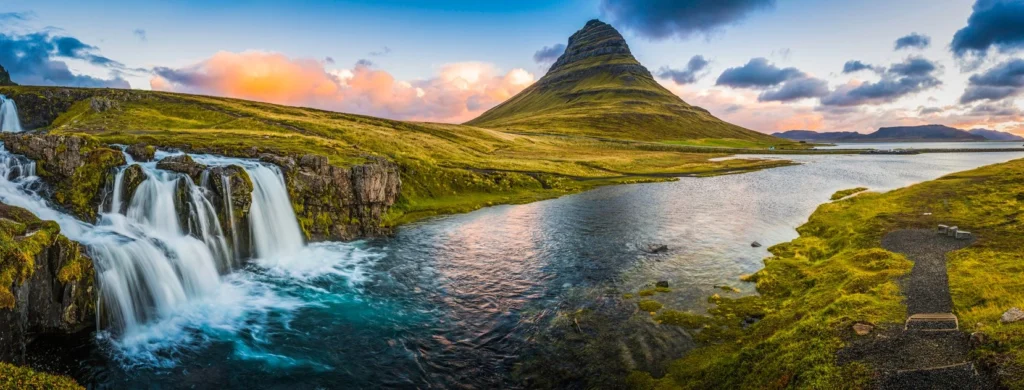
Visiting Iceland in August normally provides full access to the country’s wildness, as areas that were inaccessible in winter are now fully open. August is one of the hottest months, and while the weather can be inconsistent at times, ideal for exploring Iceland’s rough and picturesque topography of glaciers, volcanoes, hot springs, and waterfalls. If nature is not your thing, the local culture has ample activities and attractions to keep you busy. `
August is the peak season, with temperatures dropping slightly to 10.3°C and sunlight hours reduced by a few hours (15 to 18 hours), attracting the most tourists. Iceland genuinely comes to life with several festivals, summer vacations, and cruise ship landings, and Reykjavik transforms into a lively region. Additionally, mid-August is an ideal time to view puffins.
| Best for… Peak tourist season Hiking and self-drive holidays Arctic grand tours |
Also Read:- Port Aransas Hotels With Price || Luxury Port Angeles Hotels For Family
9) Visit Iceland in September (Mild Weather)
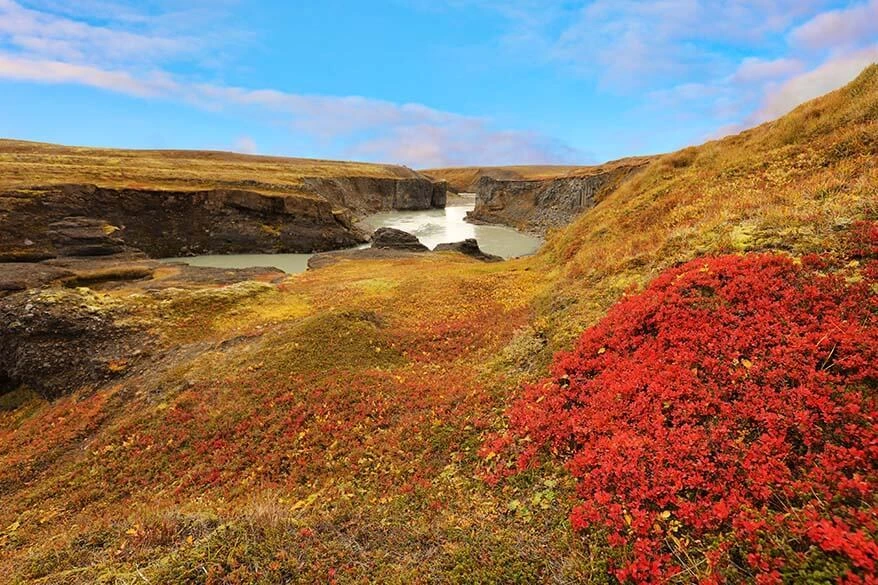
September marks the conclusion of the busiest summer months, yet temperatures still range between 40 and 50°F. Most tourists are on their way home, so you may expect lower rates and fewer crowds at attractions. Choose this excellent time to visit with fantastic music or film. Some highland roads will be closed by the end of the winter month.
The temperature begins falling in September, with the average being 7.5°C. Sunlight hours also drop to 11.5 to 14.5 hours, and with the sun setting at around 8:30 PM, the opportunities of spotting the elusive Northern Lights increase.
| Best for…. View of Northern Lights Photography Whale watching |
10) Visit Iceland in October (Berry Picking)

See the stunning autumnal colors that blanket Iceland in October when the temperatures drop and the leaves lower. As the colder months arrive, visit to see the Northern Lights, which are conveniently visible at this time of year, especially away from city areas without cloud cover.
The autumn season ends in October in Iceland. The temperature drops to 4.3°C, while daylight hours are less, from 8 to 11.5 hours. The summer crowds dissipate, leaving wide vistas of crowd-free landscapes for photographers.
| Best for… Vistas of Northern Lights Autumn photography Less crowded |
Also Read:- Radisson Hotels in the US || Mazatlan Hotels For Family
11) Visit Iceland in November (Ice Caves)
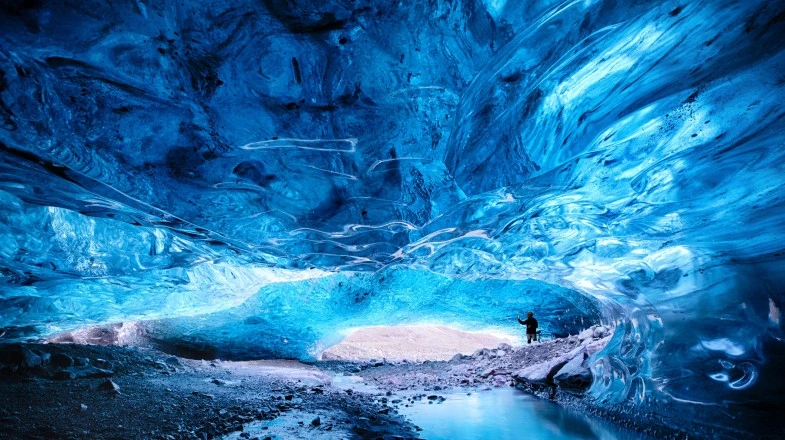
November brings in winter, with lower temperatures and fewer sunlight hours. Winter is generally the most attractive time to visit one of Iceland’s many hot springs and unwind in the snow-covered landscape. With the drop in temperatures comes the transformation of the ice caves, making this month an ideal time to explore the icy blue tunnels and stunning glaciers.
Temperatures range to an average, the daytime temperature can fluctuate between -1°C and 3°C, and at night, the temperature is lower.
| Best for… Vistas of Northern Lights Winter activities Hot springs |
Also Read:- Nearest Hotel to Saputara for Your Trip || Luxury Port Canaveral
12) Visit Iceland in December (Festive lights)
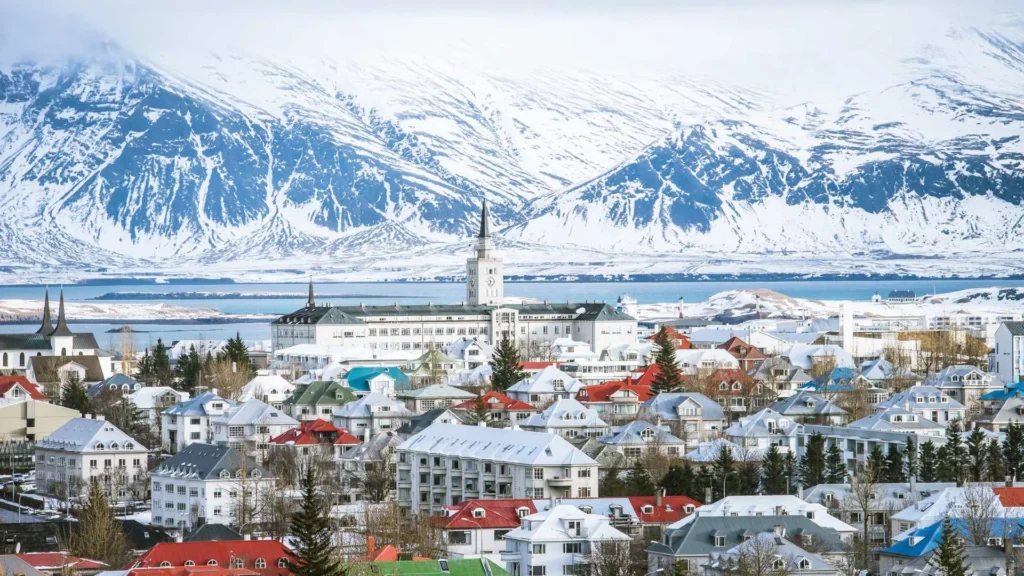
Iceland’s varied music culture and picture-perfect Christmas communities offer day-to-night fun. While December is one of the coldest and windiest months, the Northern Lights are frequently visible during this period. Remember that some hotels, services, and attractions are shut down for the entire winter.
Temperatures in Northern Iceland can drop to -10°C, while the minimum temperature is around -0.1°C. Furthermore, this season, there will only be 4 to 4.5 hours of sunlight.
| Best for… Great time for New Year’s Eve celebrations Northern Lights Cold and dark |
Also Read:- How to Reach Lakshadweep Form India? || How to Reach Alibaug From Mumbai
FAQ’s
Q1. Which is the best month to visit Iceland?
Simply put, the affordable time to visit Iceland is during the off-peak season, which starts from September to November and January to May end. Visiting Iceland in the Autumn or Spring, will be reasonable and explore top attractions with fewer crowds.
Q2. What is the crowded month in Iceland?
June, July, and August are the busiest months in Iceland, with most top attractions open and easily accessible. Visit in May or September to mid-October to avoid crowds: the temperatures are mild enough (50°F on average), and there is still ample sunlight.
Q3. How many days are sufficient for Iceland?
Many visitors feel that a 7 to 10-day stay enables –a thorough study of some of Iceland’s main beauty. So, plan your trip accordingly.
